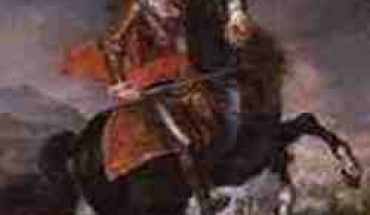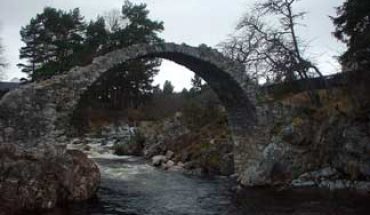Submitted by Owen McCafferty on Thu, 2009-11-19
For the next seven years, Wallace remained in obscurity, carrying out raids against the English wherever he could, sometimes acting as messenger to the King of France or to the Pope.
In the intervening time, Edward was not idle. He made several invasions of Scotland and although castles were taken, not much was gained militarily. By 1302 there were strong rumors that Philip of France was going to restore John Balliol to the throne at the head of a powerful French army. Edward was also under attack from the Pope, to cease in his attempt to subdue Scotland. This was intolerable to Edward, and, to Robert Bruce as well. The restoration of Balliol would put the country firmly in the control of John Comyn, and thus remove Bruce’s chance for the throne. So, in February of 1302, Bruce made peace with Edward. Having eliminated one of the bastions of Scottish resistance, not through warfare, but by politics, Edward could now concentrate upon the rest of Scotland.
Then events in Europe changed things dramatically. The pope and Philip of France quarreled, which resulted in the capture and death of Pope Bontiface VIII and placement of puppet popes by Philip of France. But not all was well with Philip, three of his provinces were in revolt and his army was destroyed in attempting to subdue Flanders. He now pressed for peace with England which Edward eagerly accepted. In 1303 the treaty of peace was signed, and it was agreed that Edwards son, Edward, would marry Philips daughter, Isabel.
Now Edward could once again turn his attention towards Scotland. He moved north with three large armies. He met little resistance and the now scattered Scots finally surrendered. Edward was fairly generous with the surrender, with two exceptions.
He refused to allow Stirling castle to surrender until he had a chance to test his new siege engine against it. For three months he battered the castle which tried vainly to surrender.
The other involved William Wallace. Edward had never forgotten that it was Wallace who had dealt him a decisive defeat in all his campaigns. One of his conditions of peace to John Comyn was that Wallace be turned over.
For over seven years, Wallace had been quiet. Now, when the Scottish nobles were bending over for Edward, Wallace re-emerged, still defiant. He clashed with the English near Peebles in 1304 and again at Earn in September.
On August 3, 1305 Wallace was betrayed and captured in Glasgow, at the house of Robert Rae, a servant of Sir John Mentieth.
Wallace was immediately brought to London and tried for treason, which he steadfastly denied as he had never sworn fealty to Edward. This was ignored and Wallace was sentenced to death. He was dragged by horse for four miles over cobblestones around London. He was then hung but cut down while he was still alive. Then he was castrated and disemboweled. His genitals and entrails were burned before his eyes. Finally, it was ended by the headsman’s axe. His heart was cut out and placed on the fire, his head placed upon a pike. His body was quartered and sent to the four corners of the kingdom as an sample of Edwards might. King Edward had tried to make an example out of Wallace. He made a martyr instead.
‹ Chapter 6 – Falkirk up Chapter 8 – Partial Draft ›




